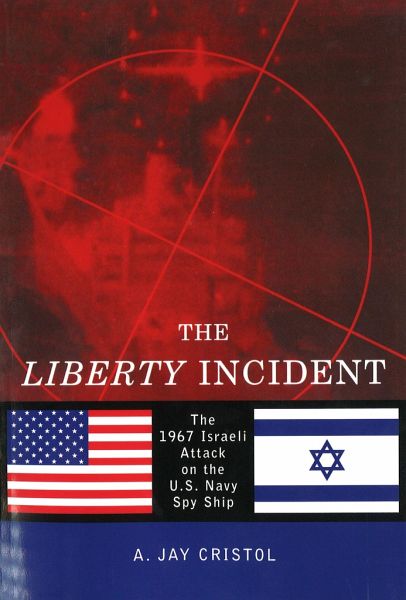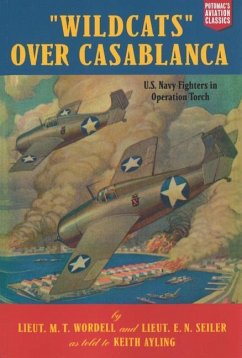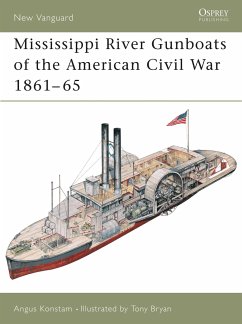Nicht lieferbar

The Liberty Incident
The 1967 Israeli Attack on the U.S. Navy Spy Ship
Versandkostenfrei!
Nicht lieferbar
On June 8, 1967, at the height of the Six-Day War between Israel and its Arab neighbors, Israeli air and naval forces attacked the USS LIBERTY, an intelligence-collection ship in the service of Israel's closest ally, while that vessel steamed in international waters off the Sinai Peninsula. The Israelis killed 34 Americans, wounded 171, and nearly sank the ship. Dozens of theories exist about what happened that day. Official inquiries conducted in both the United States and Israel attributed the event to faulty communications and tragic error, but survivors remain outspoken and not alone in th...
On June 8, 1967, at the height of the Six-Day War between Israel and its Arab neighbors, Israeli air and naval forces attacked the USS LIBERTY, an intelligence-collection ship in the service of Israel's closest ally, while that vessel steamed in international waters off the Sinai Peninsula. The Israelis killed 34 Americans, wounded 171, and nearly sank the ship. Dozens of theories exist about what happened that day. Official inquiries conducted in both the United States and Israel attributed the event to faulty communications and tragic error, but survivors remain outspoken and not alone in their belief that the Israelis acted deliberately. Federal judge and former naval aviator A. Jay Cristol places the incident in its proper context. The Israeli strike, he argues, can only be understood in light of the Cold War, the outbreak of war in the Middle East, interservice rivalry within the Israeli Defense Forces, and the chaos of an operational environment. That both the United States and Israel kept much of the data concerning the incident classified for more than ten years served only to fuel the fires of intrigue and charges of conspiracy to cover up the truth, but since the incident significant portions of most of the official inquiries have now been declassified. Cristol draws on these, on documents recently obtained by him through the Freedom of Information Act, and on extensive oral history interviews to deliver the most comprehensive treatment of the episode that threatened to ruin Israel's relations with the United States and has served as a nagging source of suspicion for so many years.





